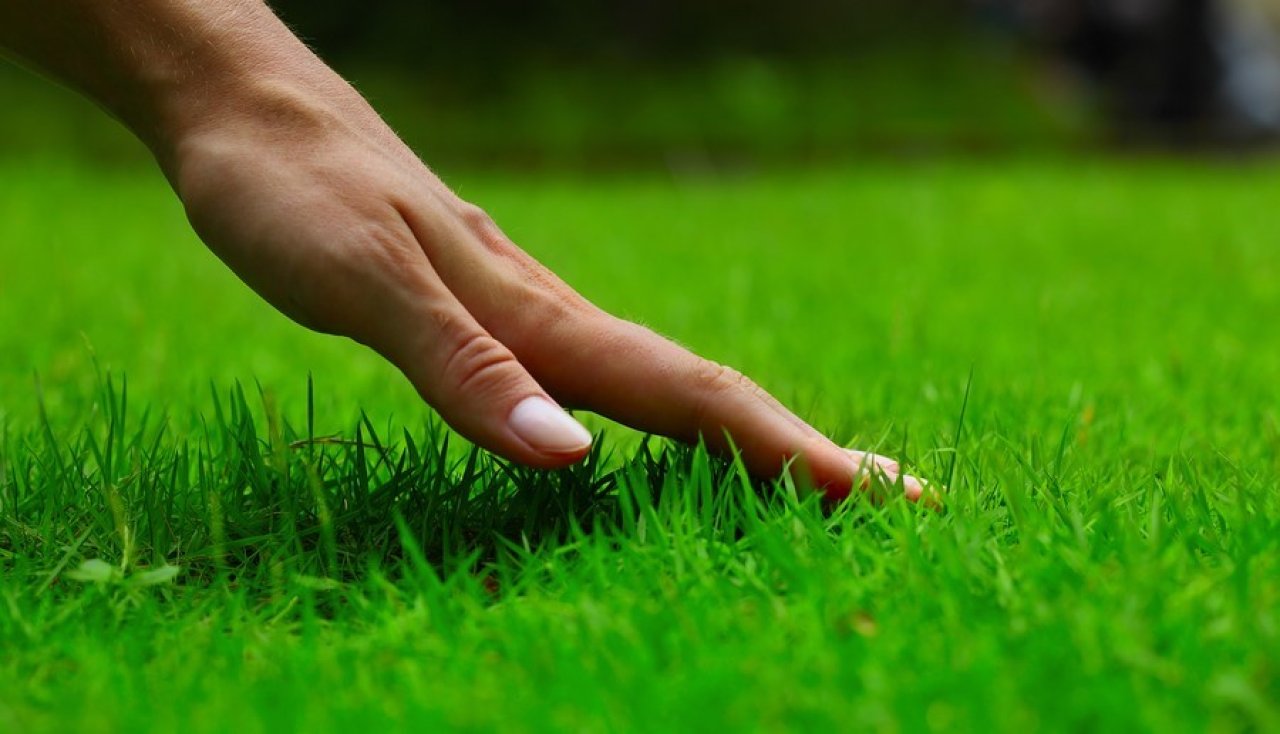
How To Extend Your Summer Garden

Just because the calendar says summer is winding down doesn’t mean your garden has to follow suit. With a little planning, you can keep the colors, textures, and flavors of summer going strong well into the cooler months—while also laying the groundwork for a stunning fall display.
Here’s how to make the most of these final sunny days and set your garden up for seasonal success.
Keep Summer Blooms Thriving
Deadheading—removing spent flowers—encourages many summer plants to keep producing blooms. Annuals like petunias, zinnias, and marigolds will reward you with extra bursts of color if you keep them tidy. Don’t forget to water consistently, especially during late-summer dry spells, and add a light application of slow-release fertilizer to give plants a boost.
Pro tip: Mulching now not only conserves soil moisture but also keeps root systems cool—helping summer plants withstand lingering heat.
Plant Late-Season Stars
Some flowers and vegetables actually love the cooler weather of early fall. Consider adding:
Cool-season flowers like pansies, violas, and chrysanthemums for autumn color.
Fall vegetables such as kale, spinach, and carrots, which thrive in crisp air.
Ornamental grasses that add movement and texture long after flowers fade.
By introducing these now, you’ll have a seamless transition from summer’s vibrancy to fall’s richness.
Refresh Containers
Container gardens can start to look tired by late August. Swap out fading summer plants for hardy fall favorites, or blend the two for a unique seasonal mix. Pair trailing ivy or creeping Jenny with mums and ornamental peppers for an instant refresh.
Prepare Perennials for the Season Ahead
Late summer is the perfect time to divide overcrowded perennials like hostas, daylilies, or black-eyed Susans. Doing this now reduces stress on the plants and gives them time to establish before winter. While you’re at it, prune back any dead or diseased growth to prevent issues next year.
Tidy Up and Protect Your Investment
As you transition into fall, keep your garden healthy by:
Removing weeds before they can drop seeds.
Cleaning up fallen leaves and debris that can harbor pests.
Inspecting for signs of disease or insect damage.
A little effort now can save you from big problems next spring.
Think Ahead to Spring
Fall is actually one of the best times to plant bulbs like tulips, daffodils, and alliums. They’ll settle in over the winter and reward you with a spectacular display when warmer days return.
The Takeaway
Extending your summer garden isn’t just about squeezing out a few more blooms—it’s about creating a smooth, beautiful transition into fall. By tending to your current plants, adding new seasonal favorites, and doing a bit of prep work, you’ll enjoy a garden that looks lively for months to come.

